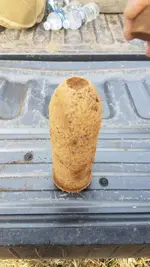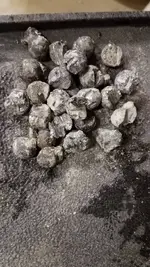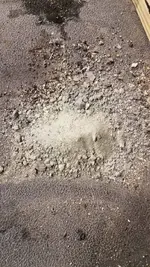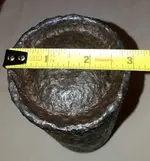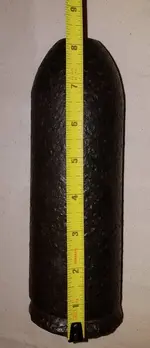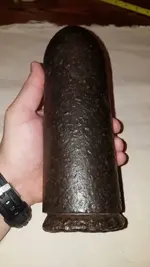Riggleman
Full Member
- Joined
- Mar 7, 2016
- Messages
- 226
- Reaction score
- 1,231
- Golden Thread
- 0
- Location
- West Virginia
- Detector(s) used
- Minelab Equinox 800, Garrett AT Max, Garrett AT Pro, Garrett Ace 400, Garrett Pro Pointer AT
- Primary Interest:
- Metal Detecting
About a week ago I found this artillery shell. I know it is a parrott shell but im unsure if it is a 2.9 inch or 3 inch, looking at my measurements i would assume it to be a 3 inch. But from what I've researched there is some confusion on shell size and bore diameters, early war was 2.9 then went to 3 inch. Also the shell contained 23-25 lead shot about .58 cal in size, and a white/green in color resin that smelt of burnt tar when heated. The fuse was mostly gone but some zink was present. So can someone tell me what size shell I have, type, and what gun it would have been fired from. The more info the better. Thanks.



